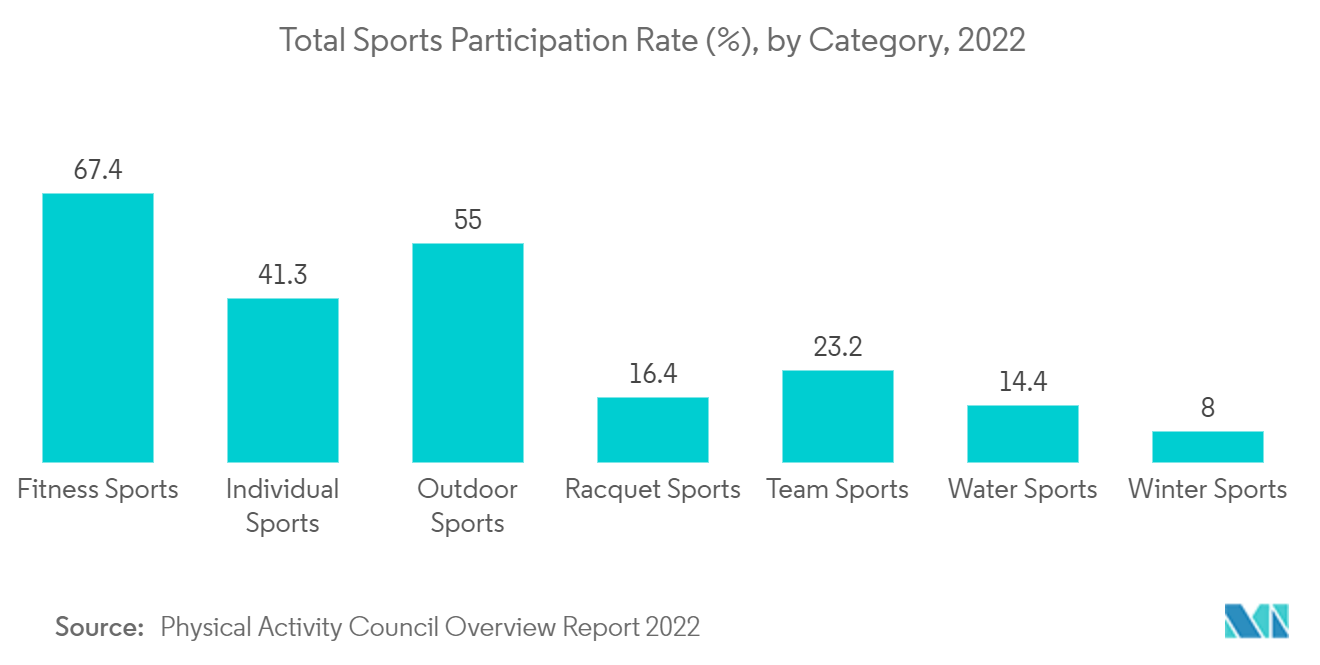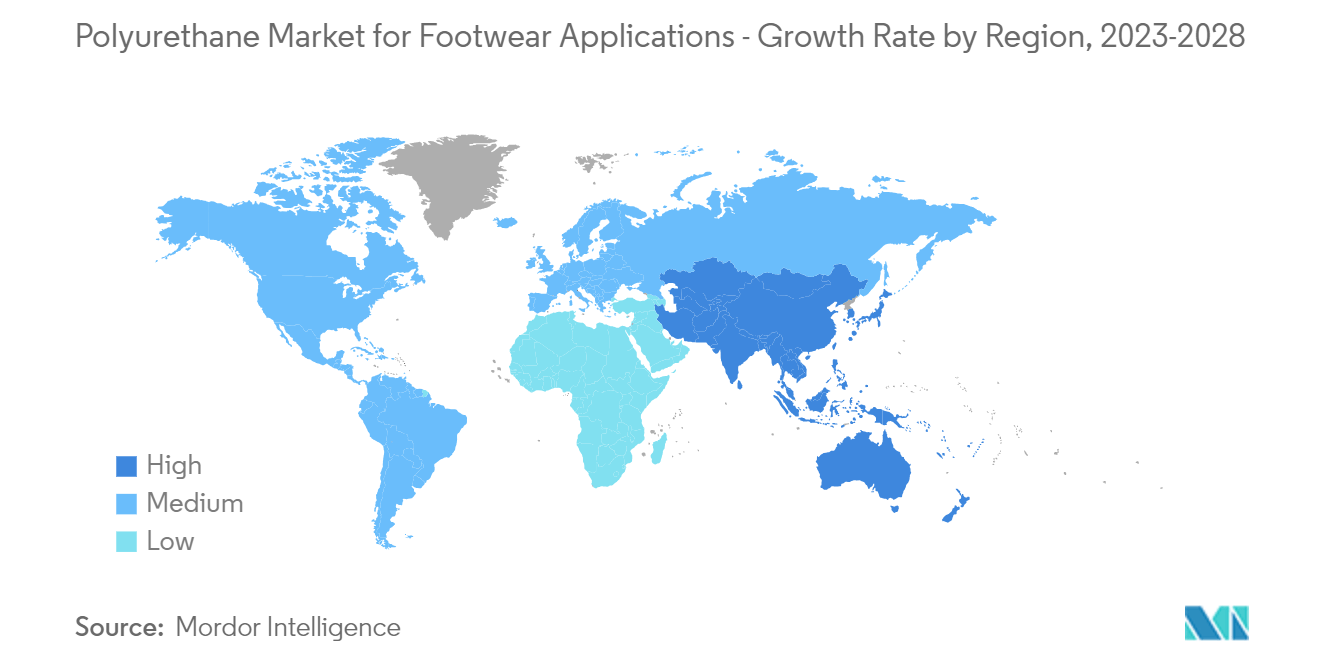Market Trends of PU Sole Footwear Polyurethane Industry
The Rise in Athletic Footwear Production and Consumption
- Polyurethane is a lightweight material, which makes it ideal for slippers and sandals. The lightweight nature of polyurethane helps to reduce fatigue on the feet and legs, making it easier to wear footwear for extended periods.
- In 2022, the global footwear market registered at USD 381.9 billion as compared to 346.54 million in 2021 at a growth rate of 4.76%. The increase in the usage of athletic shoes is driving the market for footwear across the globe.
- Asia & Pacific is the largest market which is responsible for over 85% of global footwear production. The athletic footwear brands like Nike Adidas, Puma, etc. have manufacturing bases in China, and Vietnam.
- However, Nike and Adidas has shifted its manufacturing facilites from China to Vietnam and other countries in the past decade. Vietnam, for example, now produces more than twice as many Adidas shoes as China does.
- North America and Europe regions are the largest consumer of footwear in the world. In the North American region, footwear production is very low, as the region contributes 1.4% to global footwear production.
- In United States the number of people participating in sports activities is increasing thereby driving the market for Athletic footwear. For instance accoriding to Physicial Activity Council the sports participation rates of 6 plus age group people in various sports like fitness sports, outdoor sports, team sports increased to 67.4%, 55%,and 23.2% in 2022 as compoared to 67.3%, 53.9%, 22.4% in the previous year. These trends will increase the usage of athletic shoes in the country.
- Thus, the rise in the growth of footwear production and consumption is likely to drive the polyurethane market for footwear applications during the forecast period.

Asia-Pacific Region to Dominate the Market
- Asia-Pacific is one of the largest markets for footwear in the world. As of 2022, Asia & Pacific accounts for more than 88% of the world's footwear production. China, India are the largest manufacturers and consumers of footwear in the region.
- China is one of the largest consumers and manufacturers of footwear in the world. It is known that nine out of ten pair's shoes are produced in Asia, with China being the largest market in the region.
- Similarly, in India, the market for footwear registered a positive growth rate in recent times. The penetration of international brands, coupled with urbanization has driven the footwear market in the country. The government has focused on the footwear industry under the 'Make in India' initiative.
- Indian footwear manufactured (about 90%) is fulfilled to meet the local demand. The Indian footwear industry is estimated to grow at 4.5% in the coming years. Under the sports footwear category, running shoes are the most consumed category with a 1.5X spike compared to the previous year. Bata, one of the leading footwear brands in the country, has set out a plan to open new 500 franchise stores by the end of the year 2023.
- The Japanese footwear industry amounted to USD 29 billion in 2021. The average volume per person in the footwear market is expected to amount to 5.62 pairs in the country. These trends are excepted to drive the market for polyurethane in the country.
- All the above mentioned factors are driving the market demand for polyurethane used in footwear industry in the Asia-Pacific region.


